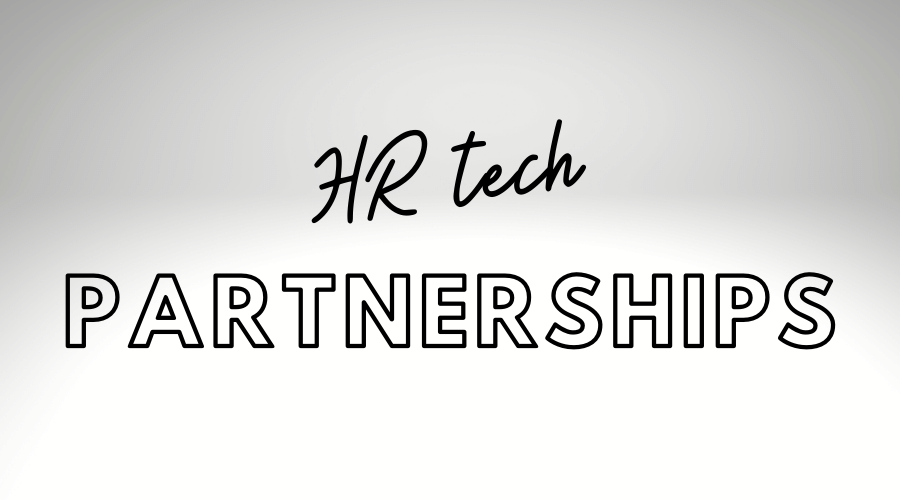I take great pride in my role as an HRchitect project manager. Mainly, I value the relationships I have the privilege of building as I am working alongside our clients and sharing their struggles, the tough spots of projects, and celebrating our collective successes. I was recently reminiscing with a colleague about an engagement for our client’s HCM implementation project. The project had all the outward appearance of success. Steps were successfully completed according to standard implementation practices. It was delivered on time and within budget, and the configuration fully met their requirements. However, it was really challenging to reach the finish line. When I reflect on this particular system implementation project, compared to others I have been involved in, I recognize there was a key missing element that could have made the entire experience much smoother for the client’s HR team. The missing element was change management.
Implementation Focus
Since day one, the core implementation team’s energy was focused on configuration, integration, testing, and the timeline. However, there was not enough focus on how this change would impact the people who would be utilizing the new solution every day—the team outside of the core implementation team. Early in the project, the client struggled with communication to stakeholder groups across the business. The organization’s training plan wasn’t finalized until the very end. We were building something critical to this organization without including all the people impacted by the change.
Organization Gaps
As we approached go-live, gaps started to show. Certain stakeholders hadn’t heard much about the new solution and had limited knowledge of what was changing and why. Training was not comprehensive and, as a result, seemed like an afterthought. Very few people outside the core team understood how the implementation of the new system related to their jobs. The atmosphere felt reactive instead of planned.
The last few weeks leading up to go-live were a scramble with the organization’s leadership sending out communication and videos to bring people up to speed. While the new solution worked from a technical perspective on day one, people were frustrated and confused.
Change Management was the missing piece
Reflecting on lessons learned, it’s evident that proper change management could’ve made an enormous difference. If the organization had taken the time to communicate early, involve users early in the process and provide structured support and training, the rollout would have been less painful, and the organization would have understood the magnitude of the change far in advance of go-live. There are six key areas to sustain the adoption of change during any significant organizational change.
- Identify the need for change.
- Roles & Responsibilities.
- Stakeholder & Impact Analysis.
- Communication Strategy & Plan.
- Learning Strategy & Plan.
- Go-Live Readiness & Success Measures.
Without these, the organization had to do a lot of clean-up. Lack of training and training too close to go-live left people unprepared and managers unequipped to support their teams. The reality is it didn’t have to be this way. The HCM solution implementation was a win, but it set employees up to struggle without a solid plan to help people through the system transition.
Project and Change Management Integration
In my role as Project Manager, we focus on the “technical side of change,” managing project tasks, timelines, resources, and deliverables. HRchitect’s Change Management consultants address the people side—preparing, supporting, and enabling people to adopt organizational change.
Change Management impacts all phases of the HCM project. During the Initiation and planning phase, change management consultants conduct stakeholder analyses, assess readiness, and begin organizational communications planning. In the Execution phase, change management consultants deliver communications, training, and engagement strategies in step with project milestones. During the Closing of a project, post-go-live support helps sustain the change.
A successful project does not equal organizational success unless change is fully embraced. This happens when an organization:
- Strategizes and plans for change,
- Executes and manages change, and
- Reinforces and sustains change.
An effective communication plan is one of the most critical tools that ensures the right messages are delivered to the right audience at the right time.
Change doesn’t just happen
Change doesn’t happen just because a new solution goes live. It’s when people adopt new ways of working in recognition of the full value of the change. Neglecting change management often leads to reactive, last-minute efforts that diminish a project’s success.
Each time I lead an implementation; I advocate for change management from day one. With over 17 years of experience, I have concluded that change management is not a “nice-to-have”—it’s a critical success factor that is essential, not optional.
HRchitect is a leader in HCM Technology and can help your organization with the adoption of your newly implemented system through Change Management. Contact us to learn more about our services.
Further Reading:
Change Management: An Expert Overview
Change Management is important. What is your role?
About the Author

Gia Evans has over 17 years of HR, Payroll, Benefits Administration, Workforce Management and Talent Management experience. She has proven success leading complex project HCM Implementations and believes in change management for her clients.
Gia is very versatile and enjoys weightlifting, touring wineries, traveling, reading and yoga. She is passionate about decorating, serving in the community & volunteerism.





















